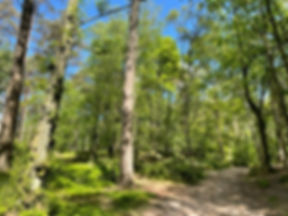There has been a Shorelark wintering on a large stretch of beach in East Sussex lately. These unobtrusive birds have a face splashed with light yellow and decorated with little black 'horns', setting them apart from their rather beige cousins. They breed in northern European mountains and tundra but a very few spend the winter on our shores (literally, hence the name).

These days, Shorelarks are almost as rare as hen's teeth in Sussex, so it was well worth a trip to see this bird in Pevensey. It has been covering about half a mile of beach and blends in very well with the shingle, so pinning it down isn't easy. Thankfully, I happened to scan the right portion of shingle at the right moment this morning and there it was, busily feeding and preening, before flitting over the ridge and become a needle-in-a-haystack once again.

In the afternoon, it was time to venture into the South Downs National Park in a quest to find the Glossy Ibis first seen in flight over the Wetland Centre in Arundel yesterday. Ingrid and I enjoyed watching a pair of Bullfinches and three very showy Water Rails before we reached the Scrape Hide. There was only really one corner it was likely to be, and there was no ibis there, so we watched four sleeping Snipe and the antics of the Teal, Shoveler and Gadwall on the lake. A small flock of Mandarin Ducks flew through and a Cetti's Warbler sang. We accepted defeat after a respectable stakeout and headed back towards the visitor centre. Then our friend Phil phoned to say it was back, and we looked behind us to find Arundel birder Martin had run out to find tell us too. We rushed back to the hide and there was the Glossy Ibis in all its glory... A scarce bird in Sussex and very rare within the National Park; what a superb day! To top it off, as we got back in the car, a Marsh Harrier flew high overhead.


